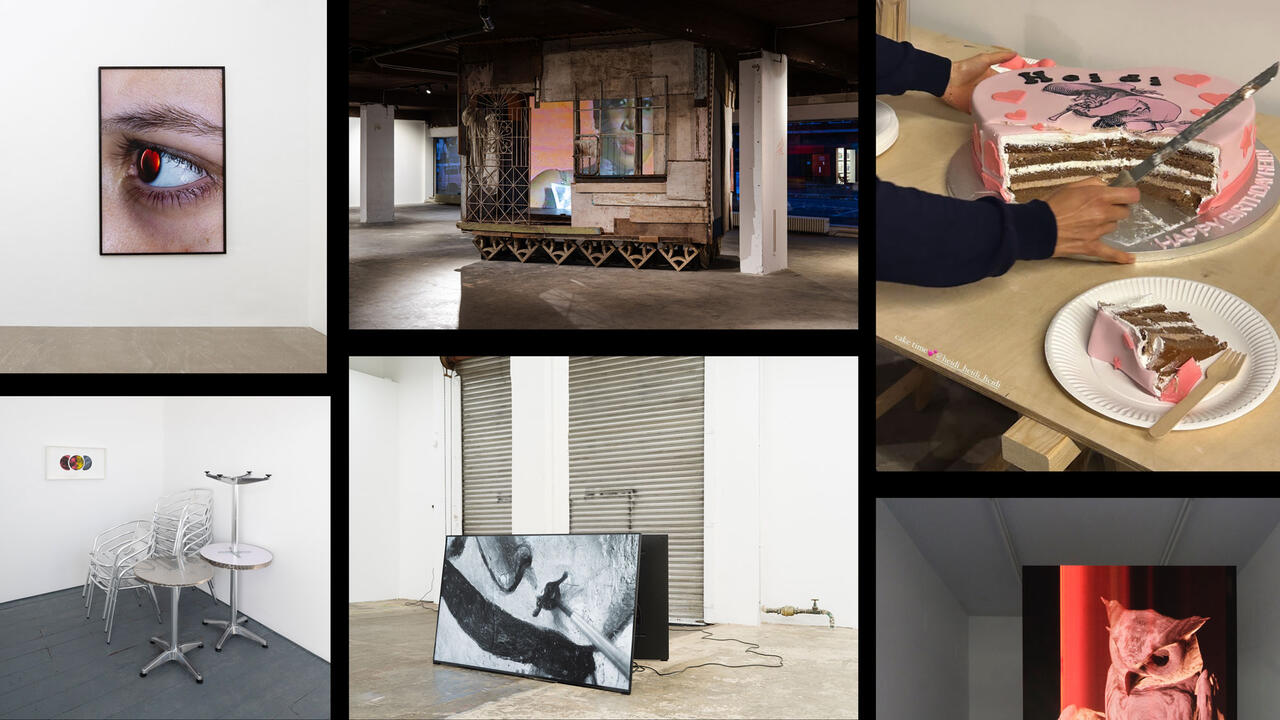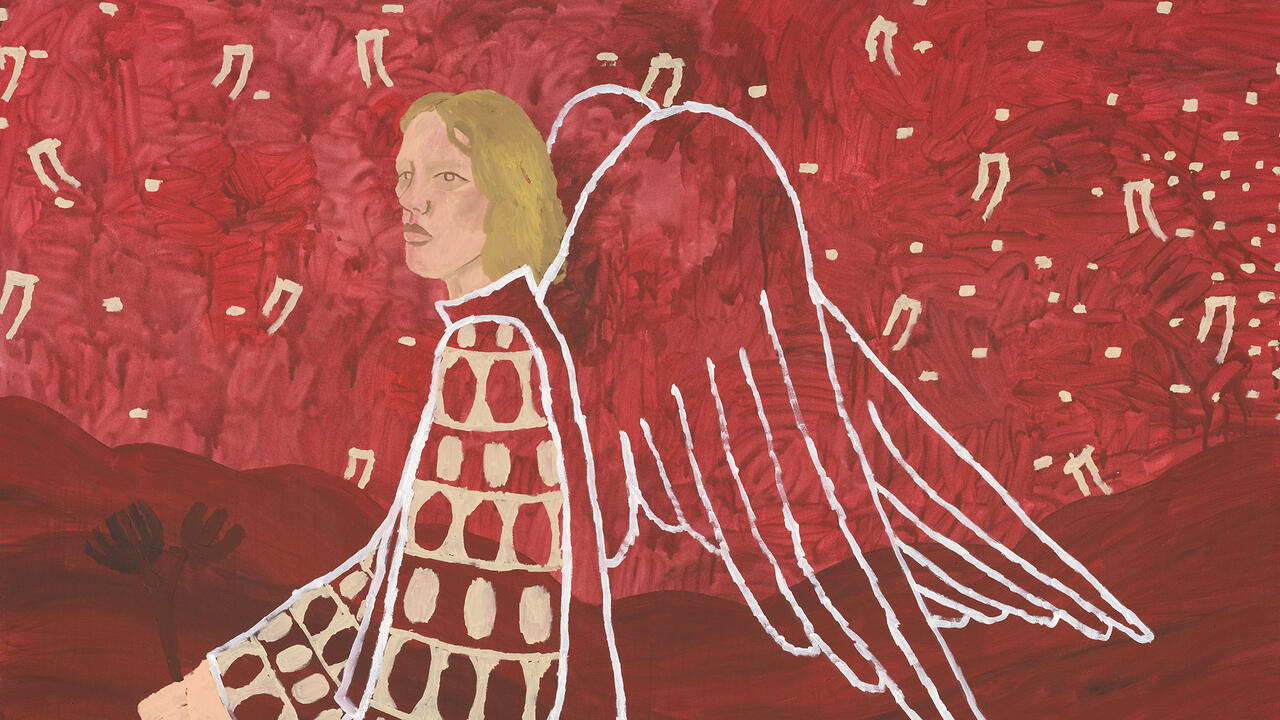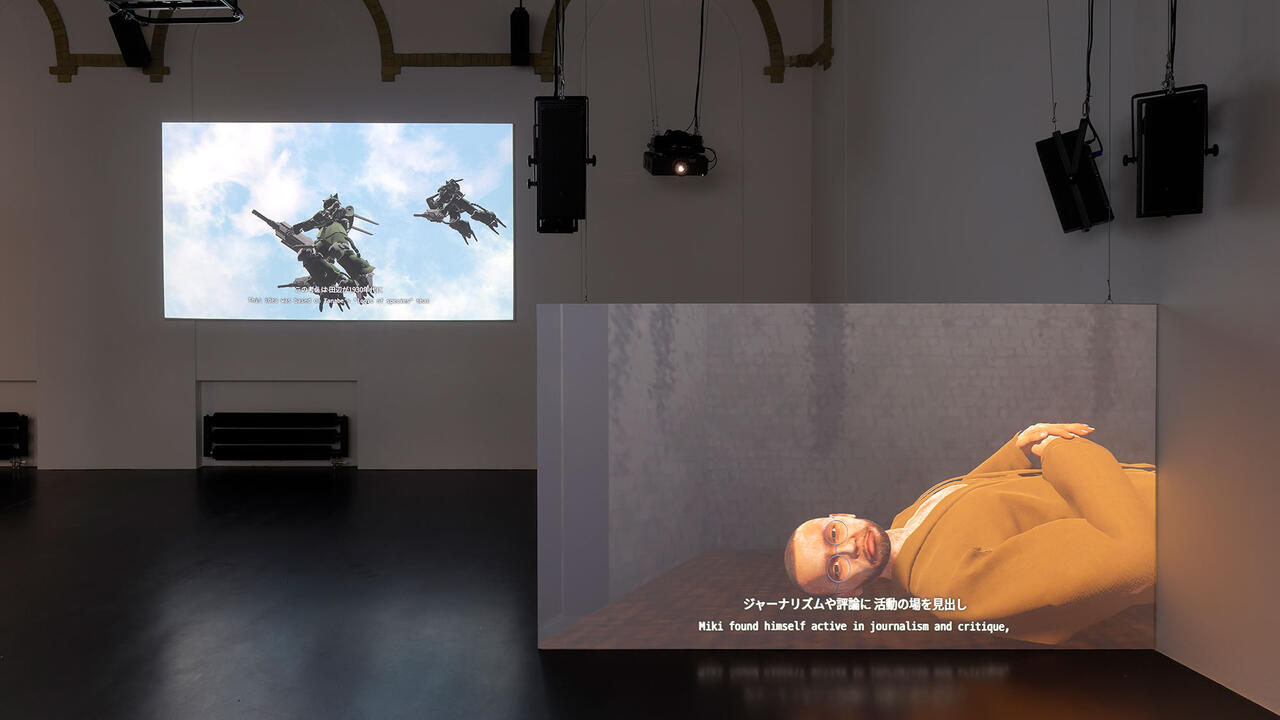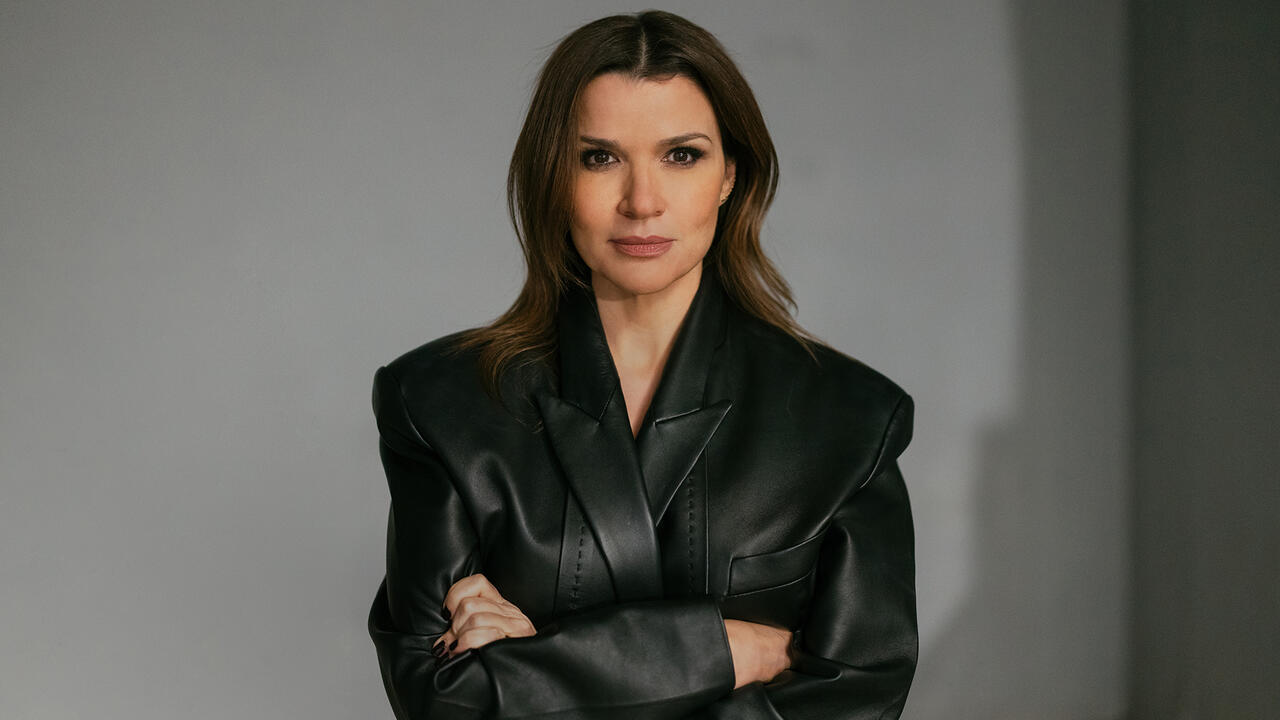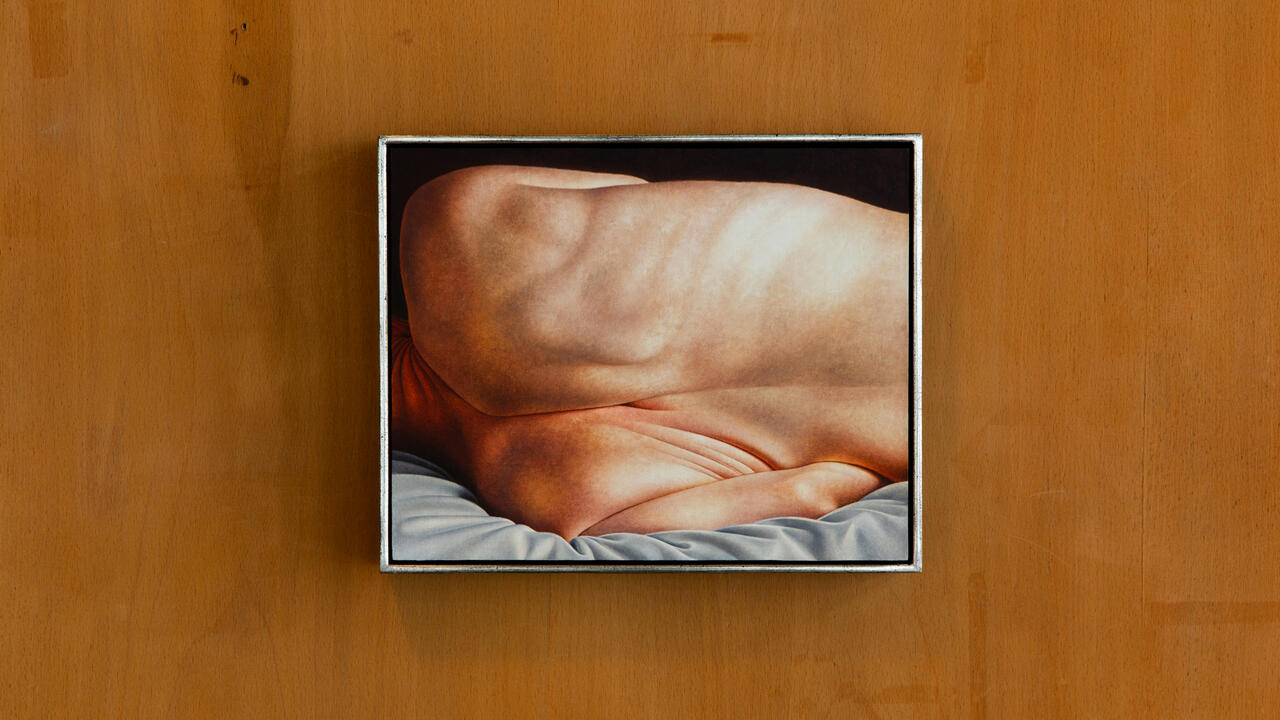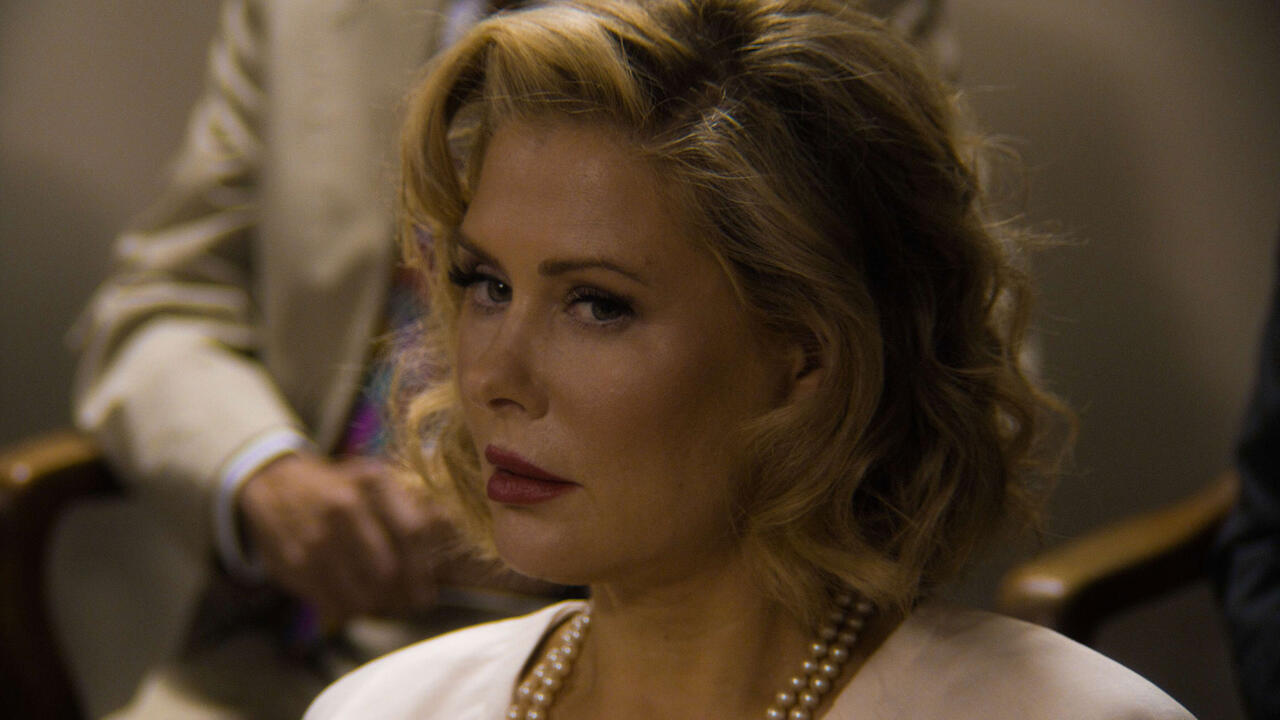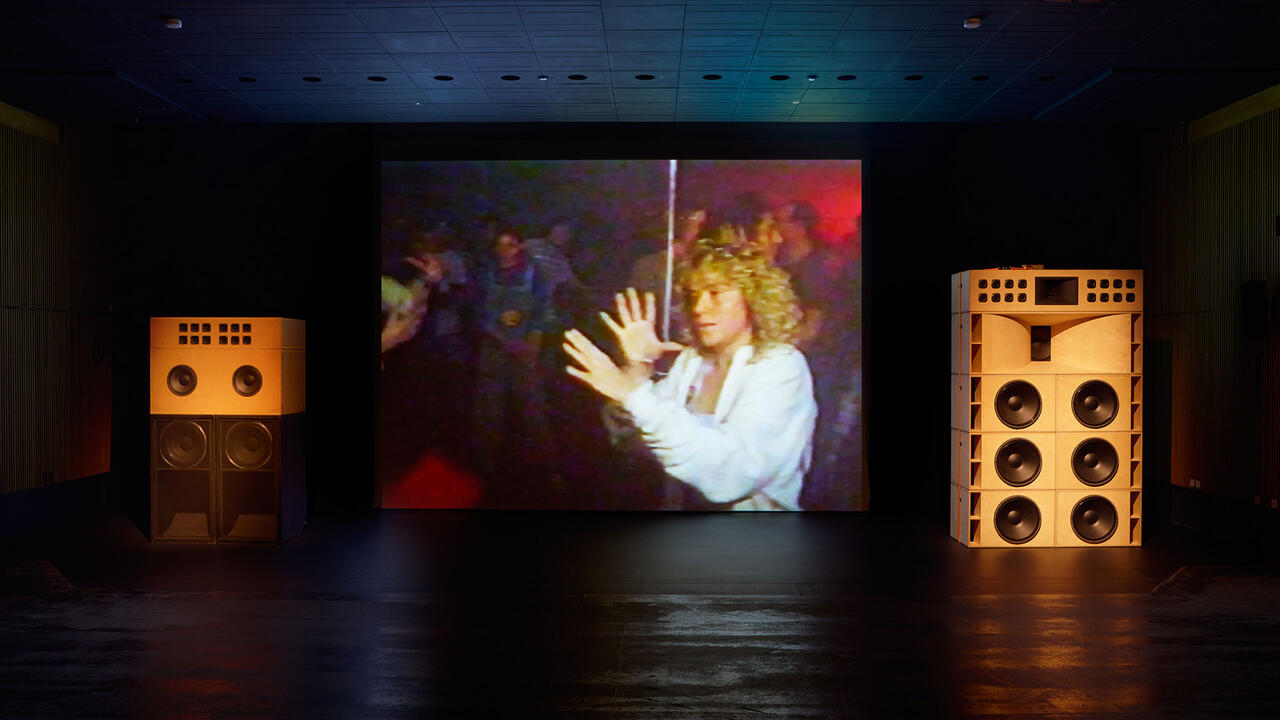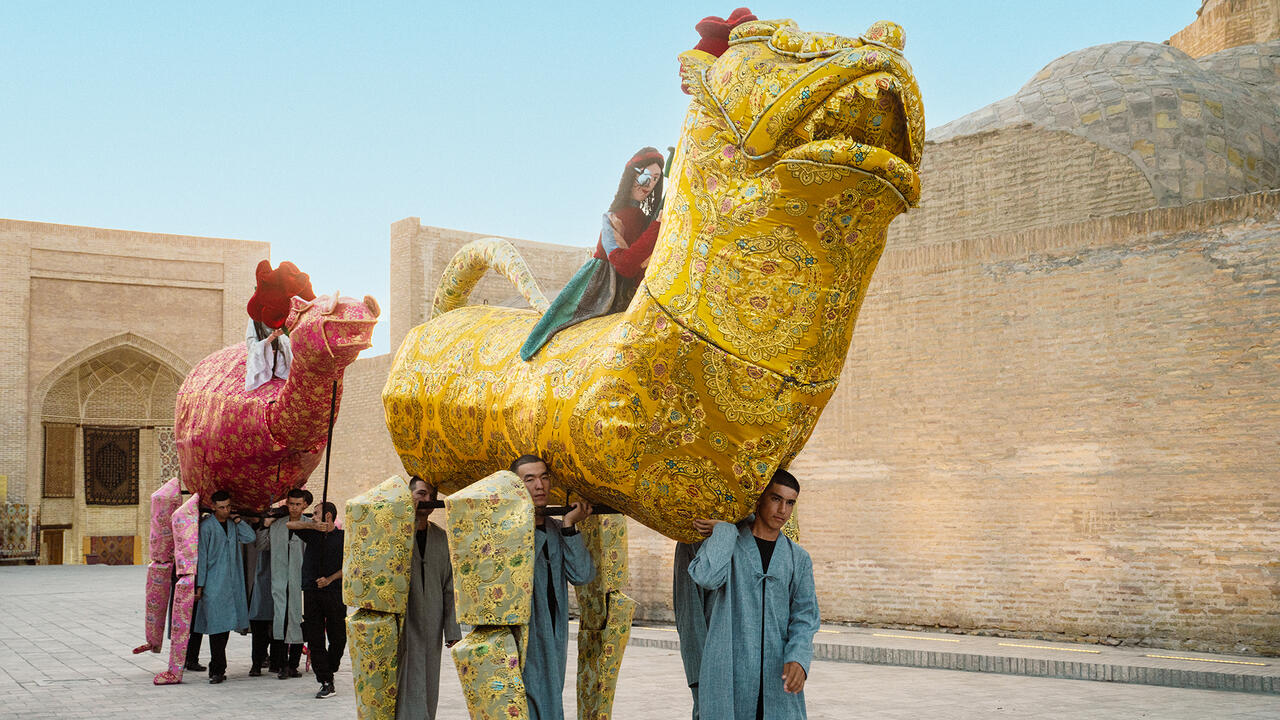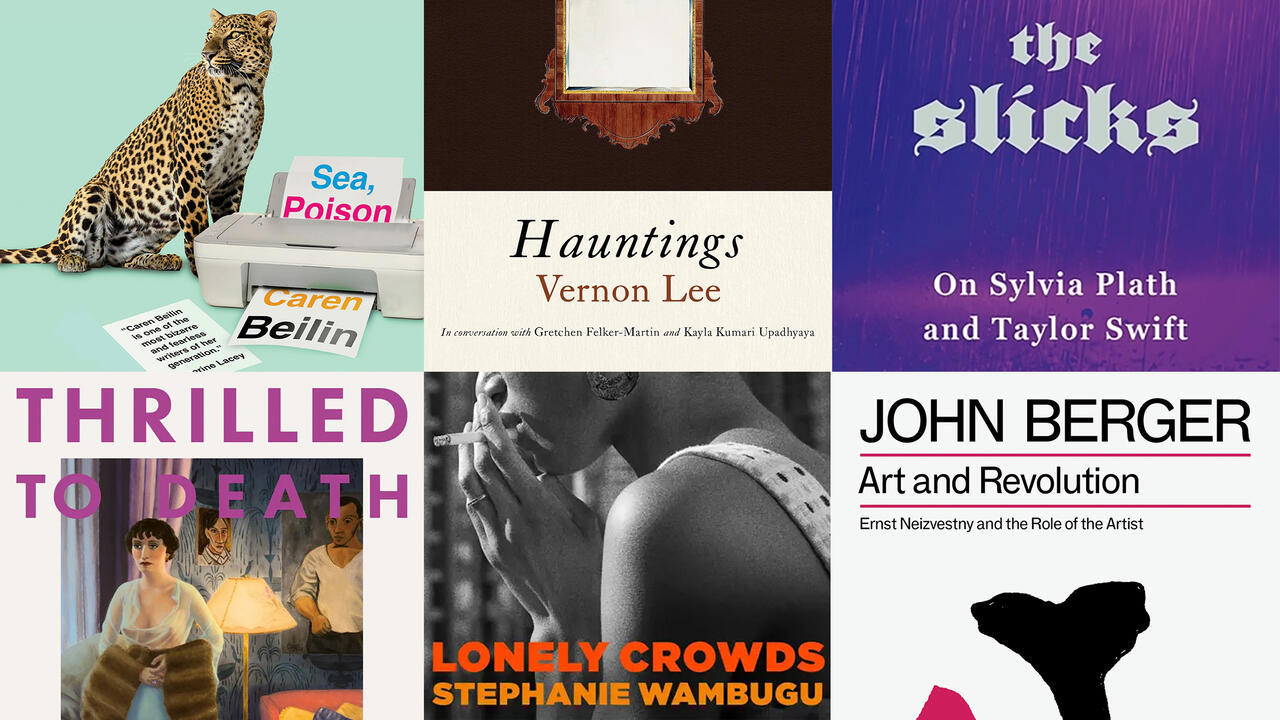Fahrelnissa Zeid
Deutsche Bank KunstHalle, Berlin, Germany
Deutsche Bank KunstHalle, Berlin, Germany

While details of an artist’s life can enrich our understanding of their oeuvre, when staging a retrospective there is always the risk of relying too heavily on their biography to make sense of the works on display. In the case of the late Turkish artist Fahrelnissa Zeid, whose retrospective opened at Tate Modern in June before traveling to Berlin’s Deutsche Bank KunstHalle in October, this tendency is almost impossible to avoid. Born into an elite Ottoman family in 1901, the artist’s life was marred by tragedy from a young age: when she was only 12 years old, her beloved older brother was convicted of fatally shooting their father. Thereafter, her biography is an uneasy mix of privilege and adversity: for a Muslim woman born at the turn of the last century, she was afforded unprecedented access to education, travel and high society through her upbringing and subsequent marriages, but she also suffered from bouts of depression her entire life. The worst of these occurred after she and her second husband, Prince Zeid bin Hussein of Iraq, narrowly avoided assassination after the Hashemite monarchy was overthrown and her husband’s entire family was killed.
In this exhibition, the curators thankfully adopt a restrained approach to revealing the more salacious details of Zeid’s life in sober wall texts that, nonetheless, provide important context for an artist who is little known in Germany – despite the fact she lived in Berlin prior to World War II. This is complemented by the inclusion of Zeid’s own words in the form of quotations. We learn, for instance, that her switch from figuration to abstraction was cemented in the late 1940s by her first trip on a plane: ‘[It] transformed me […] the world is upside down. A whole city could be held in your hands.’

A large section of the exhibition is dedicated to works made after this transition. Large-scale, geometric abstractions, such as My Hell (1951), reveal Zeid’s style to have been closely informed by her artistic milieu – during the 1950s, for instance, she frequently exhibited alongside artists associated with the Nouvelle École de Paris – whilst preserving the Islamic and Byzantine influences of her early career. It seems extraordinary that an artist of such singular vision, who enjoyed significant success in her lifetime, should have been all-but-forgotten following her death in 1991. Fortunately, as institutions begin seriously to address historical discrepancies in their collections, Zeid’s work – and that of other previously neglected female painters – is finally getting the attention it deserves.

If Zeid’s ‘rediscovery’ were to endure beyond this current series of exhibitions, however, I believe it would be due to the works that emerged from her later return to portraiture. This shift is not quite as abrupt as it might seem: Zeid continued drawing portraits privately while publicly exhibiting abstract works. Displayed in the last room of the KunstHalle, these portrait paintings – mainly of those closest to the artist in the later stages of her life – are similar in structure: face-on bust or half-length portraits, set against monochrome backgrounds, whose expressive almond-shaped eyes appear perpetually on the verge of tears. Zeid’s interest in the decorative arts – most evident in early works, such as Third-class Passengers (1943), which depict the exuberantly coloured fabrics of her homeland – returns here in the exquisite detailing of some of her sitters’ clothing and jewellery, notably in the self-portrait Someone from the Past (1980).
While this exhibition is, in many ways, positioned around the tension between figuration and abstraction in Zeid’s work, these intimate portrait studies show that there was never really any competition. While she eventually tired of abstraction, Zeid carried on making portraits until the end of her turbulent, remarkable, life.
Main image: Fahrelnissa Zeid, My Hell, 1951, (detail), oil paint on canvas, 2.1 x 5.3 m. Courtesy: Istanbul Museum of Modern Art, Shirin Devrim Trainer and Raad Zeid Al-Hussain, © Istanbul Museum of Modern Art/ Raad Zeid Al-Hussein; photograph: Reha Arcan










